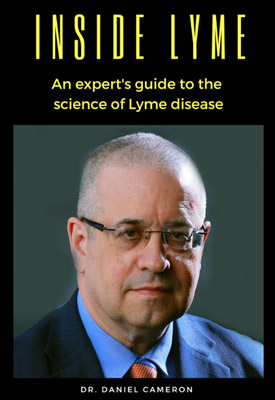Lyme Disease Science Conversations:
Teen Lyme
Live conversations with a leading expert, Dr. Daniel Cameron, about the latest discoveries and advancements in Lyme disease and associated illnesses.
We will discuss Teen Lyme on April 24, 2018 at 8PM EST. I will include a discussion with a 16-year-old boy with Lyme disease.
Comments are no longer live. This is an archive of a Lyme Hangout held on 4/24/2018. You can still view the video below.




